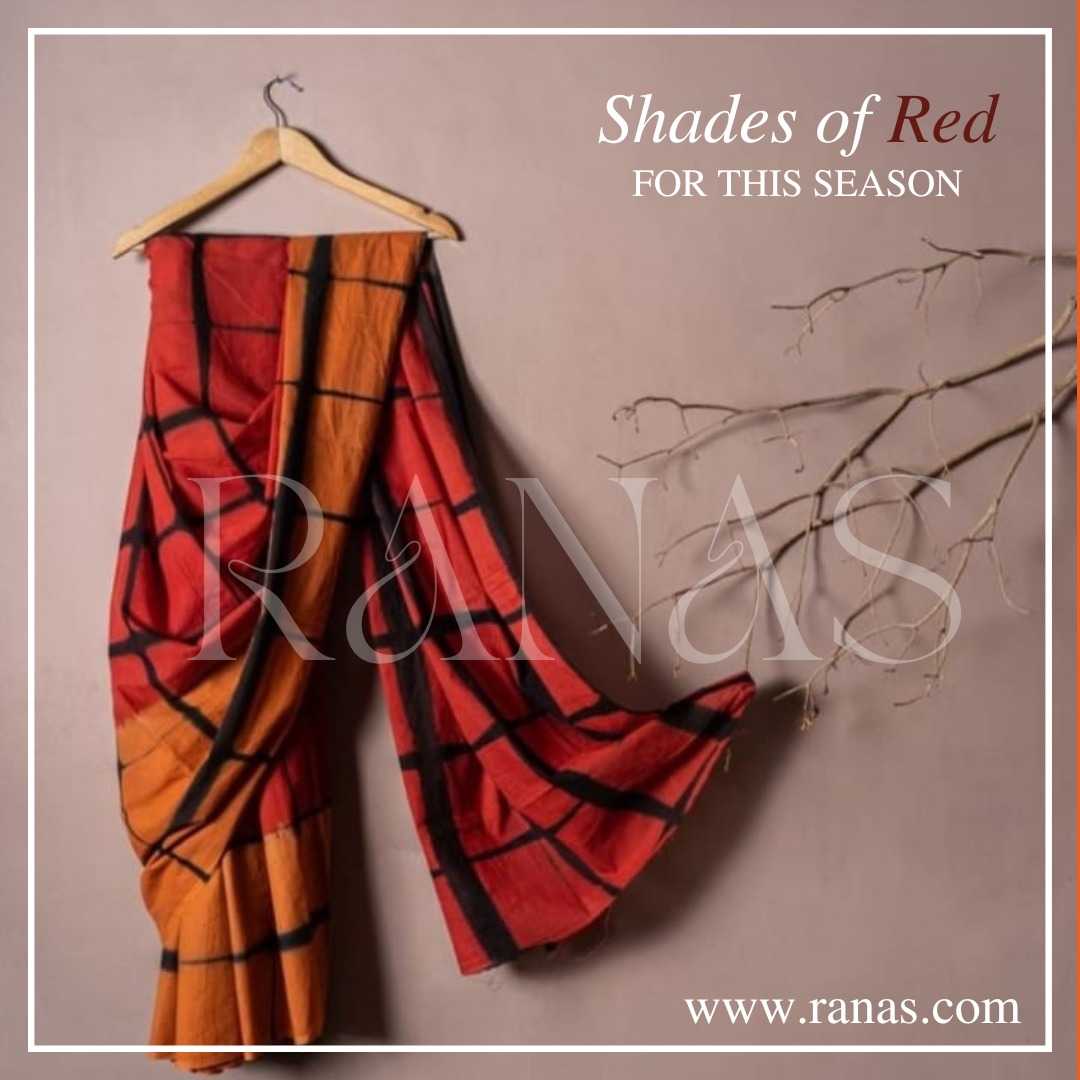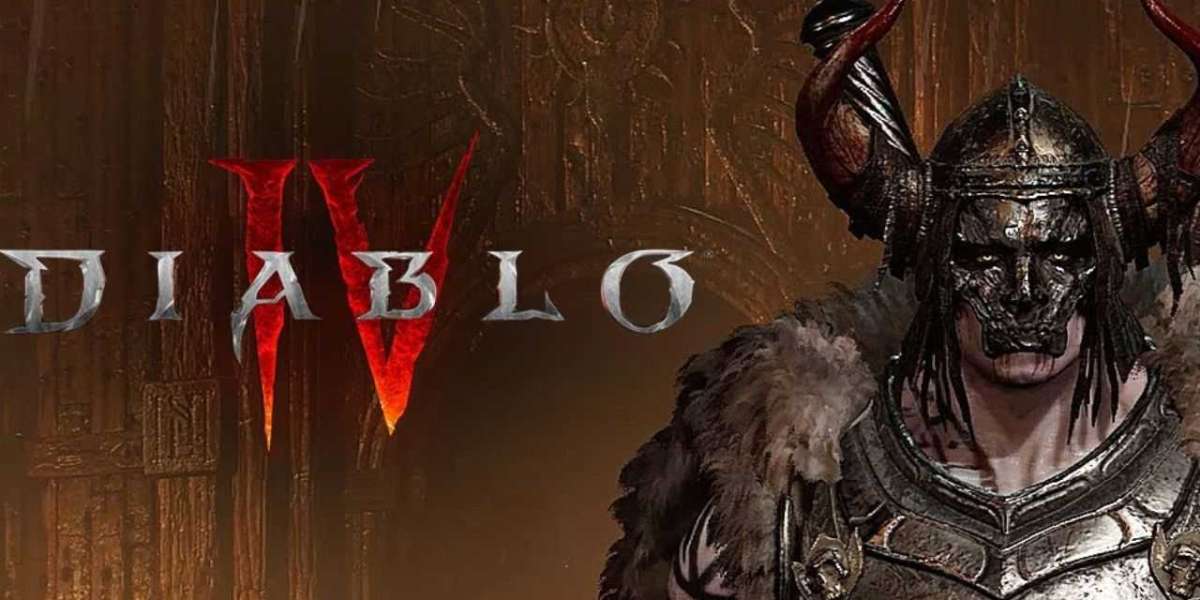In the kaleidoscope of India’s rich cultural heritage, the Rajput Poshak emerges as a luminous gem, embodying centuries of tradition, craftsmanship, and regal elegance. This traditional attire, deeply rooted in the customs and history of the Rajput community, reflects not just a fashion statement but a profound cultural narrative. From its intricate embroidery to its vibrant colors, every element of the Rajput Poshak speaks volumes about the legacy and ethos of the Rajputana.
Historical Roots and Cultural Significance
To understand the essence of Rajput Poshak, delving into its historical origins is imperative. The Rajputs, known for their valor, chivalry, and deep-rooted traditions, have a history that stretches back to ancient times. Their attire, therefore, is a reflection of this rich heritage. The Poshak is not merely clothing; it is a symbol of identity, pride, and lineage.

Elements of Rajput Poshak
The Rajput Poshak is a sophisticated ensemble comprising several elements, each carrying its own symbolism and significance.
Angrakha: The Angrakha, a traditional upper garment, is a defining feature of Rajput attire. It is characterized by its overlapping panels, tied with ornamental strings known as ‘doris.’ The Angrakha symbolizes royalty and grace, making it an indispensable part of Rajput dressing.
Odhni: The Odhni or Chunari is a long scarf or shawl draped elegantly over the shoulders. It not only adds a touch of grace but also serves practical purposes, protecting from the sun and adding warmth during colder seasons. The Odhni is often adorned with intricate embroidery, reflecting the wearer’s social status and taste.
Lehenga: The Lehenga, a long pleated skirt, forms the foundation of the Rajput Poshak for women. It is crafted with meticulous attention to detail, featuring exquisite embroidery, zari work, and often embellished with precious stones. The Lehenga symbolizes femininity, beauty, and tradition.
Turban: For men, the Turban holds immense cultural significance. It is not just a piece of cloth but a symbol of honor, courage, and lineage. The style, color, and fabric of the Turban can convey a wealth of information about the wearer’s community, status, and even occasion.
Jewelry: No Rajput attire is complete without traditional jewelry. For women, this includes Maang Tikka, Earrings (Jhumkas), Necklaces (Rani Haar), Bangles (Chudiyan), and Anklets (Payal). Each piece is crafted with precision, often featuring intricate designs inspired by nature, mythology, and historical motifs.
Craftsmanship and Embroidery
One of the most captivating aspects of Rajput Poshak is its exquisite craftsmanship and intricate embroidery. Skilled artisans employ age-old techniques passed down through generations to create mesmerizing designs that adorn the fabric. Zardozi, Gota Patti, Kundan, and Resham work are among the most prominent embroidery styles used in Rajput attire. These techniques not only enhance the aesthetic appeal but also showcase the mastery of artisans in blending tradition with contemporary trends.
Color Symbolism
Colors play a pivotal role in Rajput Poshak, with each hue carrying its own symbolic meaning:
Red: Symbolizes passion, courage, and auspiciousness.
Green: Represents fertility, prosperity, and renewal.
Yellow: Signifies happiness, optimism, and auspicious beginnings.
Blue: Symbolic of divinity, tranquility, and wisdom.
Gold: Represents wealth, luxury, and royalty.
White: Signifies purity, serenity, and spirituality.
The combination of these colors in Rajput attire creates a vibrant tapestry that not only pleases the eye but also conveys deep-rooted cultural messages.
Modern Interpretations and Global Influence
While the Rajput Poshak remains a symbol of tradition and heritage, it has also evolved with time, embracing modern designs, fabrics, and styles. Contemporary Rajput fashion designers have successfully blended the timeless elegance of Poshak with a touch of contemporary flair, making it relevant not just in India but also on global platforms.
Celebrity Endorsement and Popularity
The allure of Rajput Poshak has transcended cultural boundaries, finding admirers not only among the Rajput community but also among celebrities, designers, and fashion enthusiasts worldwide. Celebrities often don Rajput attire for weddings, red carpet events, and cultural celebrations, further amplifying its popularity and visibility on the global stage.
Preserving Heritage through Fashion
In an era of rapid modernization, the preservation of traditional attire like Rajput Poshak is crucial in safeguarding India’s diverse cultural heritage. Fashion designers, historians, and cultural enthusiasts are actively involved in initiatives aimed at promoting, preserving, and reviving traditional clothing, ensuring that future generations continue to cherish and celebrate these priceless legacies.
Conclusion
In essence, Rajput Poshak is much more than a garment; it is a timeless legacy woven with threads of history, culture, and artistry. From its historical roots to its modern interpretations, the Poshak continues to enchant and inspire, serving as a bridge between the past and the present. With its rich symbolism, intricate craftsmanship, and regal allure, the Rajput Poshak remains a jewel in India’s sartorial heritage, cherished by connoisseurs of fashion and culture alike.
For more info:- rajasthani poshak














